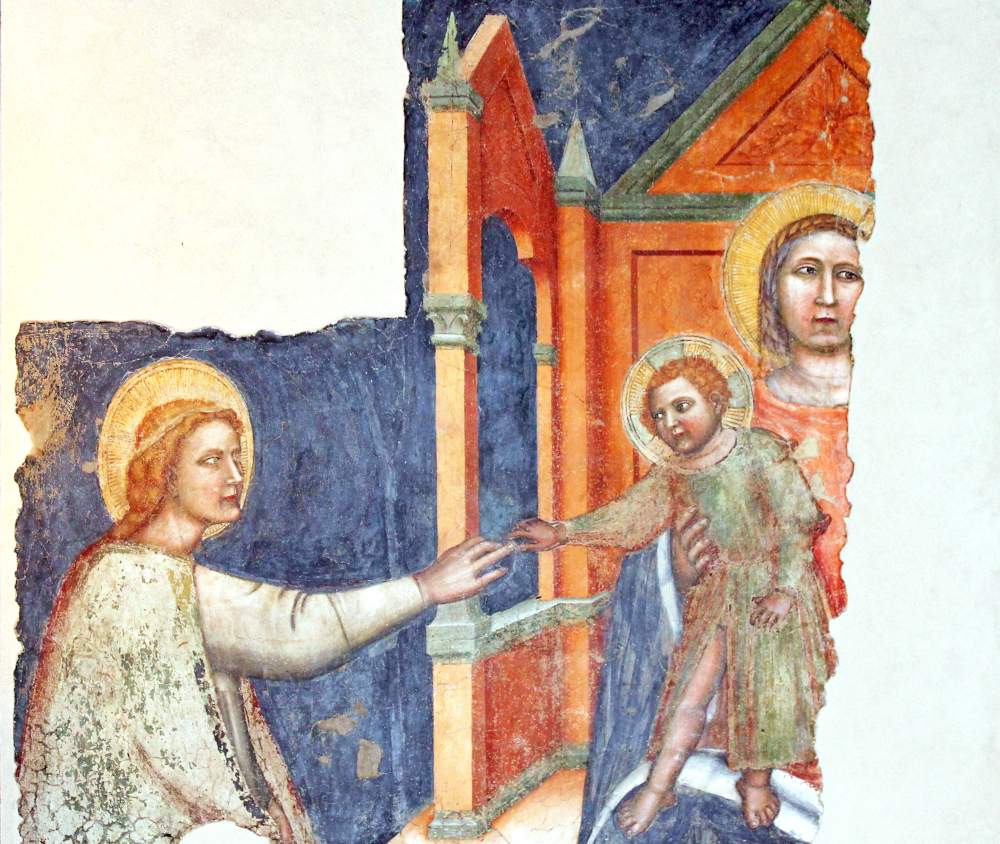Mantua celebrates Dante and the culture of his time with the city's first exhibition on the arts of the 14th century
From October 15, 2021 to January 9, 2022, Mantua celebrates Dante and the culture of his time with the exhibition Dante and the Culture of the Fourteenth Century in Mantua, organized by the Ducal Palace as part of the celebrations of the 700th anniversary of the Supreme Poet’s death.
The exhibition, the first in the city dedicated to the arts of the 14th century, focuses on the literary and figurative culture of the first decades of the century, when Bonacolsi and Gonzaga took turns at the leadership of Mantua to establish themselves in the geopolitical landscape of the time. Perhaps for a brief period the city hosted Dante in exile, but this is not clearly known; however, the phrase “existente me Mantue” (while I was in Mantua) appears in the Quaestio de aqua et terra, but the question has not yet been resolved. Moreover, two manuscript copies of the Comedy were present in the Gonzaga library, according to the 1407 inventory. It is also worth mentioning that Mantua was one of the cities where Dante’s masterpiece was first printed in 1472: edited by humanists Colombino Veronese and Filippo Nuvoloni, it was materially executed by Giorgio and Paolo Puzbach, originally from Mainz.
Palazzo Ducale then preserves works that refer to Dante: his portrait in a lunette in the Galleria degli Specchi, in the fresco attributed to the workshop of Antonio Maria Viani; the plaster cast made in 1921 from the bas-relief of the funeral monument in Ravenna. Moreover, it is Virgil who has the closest connection with the city: the Latin poet is Dante’s guide through Inferno and Purgatorio and in the 20th canto reveals to him the myth of Mantua’s foundation. Among the damned, in fact, Dante glimpses the soothsayer Manto, daughter of the Theban Tiresias, who at the end of her wanderings lands on the banks of the Mincio River; upon her death, her son Ocno founds a city and names it after his mother.
In the Gonzaga palace, testimonies of fourteenth-century culture and Dantean references will dialogue at the exhibition.
The exhibition will also be an opportunity to entirely redesign the layout of the Rooms of the Guastalla Apartment in Corte Vecchia. The project, curated by GTRF Tortelli Frassoni Architetti Associati of Brescia, will integrate the works already in the Ducale with loans from Italian and international collections, allowing the spirit of the times to be captured and contexts dispersed over the centuries to be reconstructed.
Particularly evocative is the story of the Bonacolsi Chapel, a place of private worship located in the residence of the first Captains of the People of Mantua, whose frescoes torn during the 19th century will be partially reassembled: this is the case of the Mystic Marriage of St. Catherine. The figure of St. Catherine with the Madonna and Child, owned by the Mantuan Freddi Foundation, will be placed side by side with St. Leonard from the Willumsens Museum in Frederikssund, Denmark. The fresco has long been referred to the master Giotto. The exhibition will feature two codices arriving from the Bibliothèque nationale de France, with high-quality illuminations, and from the Biblioteca Nazionale Marciana, as well as specimens of the Commedia, including the manuscript from the Biblioteca Trivulziana in Milan, which belonged to the Mantuan Cavriani family, and the first printed edition of the masterpiece (dated 1472) from the Biblioteca Civica in Verona.
“Palazzo Ducale is very proud to participate, within the national program of the Ministry of Culture, in the Dante celebrations that are enlivening the cultural schedules of many Italian institutions,” commented Palazzo Ducale director Stefano L’Occaso. “The relationship between the Supreme Poet and the city of Mantua, inseparable by virtue of Virgil’s birthplace, will be investigated by this valuable exhibition that for the first time presents an overview of art in Mantua in the 14th century.”
Image: Master of the Bonacolsi Chapel, Mystic Marriage of St. Catherine (c. 1330; torn fresco; Mantua, Romano and Raimonda Freddi Foundation)
 |
| Mantua celebrates Dante and the culture of his time with the city's first exhibition on the arts of the 14th century |
Warning: the translation into English of the original Italian article was created using automatic tools. We undertake to review all articles, but we do not guarantee the total absence of inaccuracies in the translation due to the program. You can find the original by clicking on the ITA button. If you find any mistake,please contact us.





























